The 5 Easiest Programming Languages for Beginners
Learning to code can seem intimidating at first, but choosing the right programming language makes all the difference. Some languages are designed to be beginner-friendly, with simple syntax, clear logic, and a strong community ready to help you learn. Whether you want to build websites, apps, or just understand how technology works, starting with one of these easy programming languages can make your journey smooth and rewarding.
1. Python – The Best Starting Point for Everyone
Python is often considered the easiest programming language for beginners. Its simple and readable syntax makes it ideal for those who have never coded before. You can write powerful programs with fewer lines of code compared to other languages.
Why Python is beginner-friendly:
-
Clear, human-readable syntax (for example,
print("Hello, World!")). -
Large community support and thousands of free tutorials.
-
Used in many areas like web development, data science, and automation.
Popular frameworks and uses:
| Area | Framework/Tool | Example Use |
|---|---|---|
| Web Development | Django, Flask | Building websites |
| Data Science | Pandas, NumPy | Data analysis |
| Machine Learning | TensorFlow, Scikit-learn | AI and prediction models |
If you’re new to coding, Python gives you both simplicity and power — it’s easy to learn but capable of doing advanced tasks later on.
2. JavaScript – The Language of the Web
If you’ve ever used a modern website, chances are JavaScript was working behind the scenes. It allows you to make websites interactive — for example, adding animations, pop-up menus, or live updates without reloading the page.
Why JavaScript is great for beginners:
-
Runs directly in the browser; no installation needed.
-
Immediate visual feedback (you can see your code working on a web page).
-
Huge job demand for web developers.
What you can build with JavaScript:
-
Websites and web applications
-
Browser-based games
-
Mobile apps (with frameworks like React Native)
For anyone interested in front-end or full-stack development, JavaScript is a must-learn programming language.
3. HTML & CSS – The Foundation of Every Website
Technically, HTML and CSS are not “programming” languages but markup and styling languages. Still, they are the first step for anyone who wants to become a web developer.
HTML (HyperText Markup Language) defines the structure of a webpage — headings, paragraphs, links, and images.
CSS (Cascading Style Sheets) controls how everything looks — colors, fonts, and layout.
Why beginners love HTML & CSS:
-
Very easy to learn with instant results.
-
No need for complex logic or math.
-
Great for building your first personal website or portfolio.
Once you master HTML and CSS, you’ll have a strong foundation for learning JavaScript or other web-related languages.
4. Java – The Language That Teaches You Structure
Java has been around for decades and remains one of the most widely used programming languages in the world. It’s known for being reliable, fast, and secure — and it’s a great choice for beginners who want to understand object-oriented programming (OOP) concepts early on.
Why Java is beginner-friendly:
-
Strongly typed and structured, helping you write clean, organized code.
-
Runs on almost any device thanks to the Java Virtual Machine (JVM).
-
Excellent documentation and community support.
Common uses of Java:
-
Android app development
-
Enterprise software
-
Banking and financial systems
While Java’s syntax might look longer than Python’s, it teaches discipline and logic that help you when learning other programming languages later.
5. Scratch – Coding Made Visual and Fun
If you’re completely new to programming or under 18, Scratch is the perfect starting point. Developed by MIT, Scratch allows you to create games, animations, and interactive stories using a drag-and-drop interface — no typing code needed.
What makes Scratch ideal for beginners:
-
No syntax errors — everything is visual.
-
Builds logical thinking and problem-solving skills.
-
Helps you understand key coding concepts like loops and conditions.
After learning the basics on Scratch, transitioning to Python or JavaScript becomes much easier.
Bonus Tip: How to Choose the Right Language for You
Here’s a quick guide to help you decide which programming language to start with:
| Your Goal | Recommended Language |
|---|---|
| Data Science or AI | Python |
| Web Development | HTML, CSS, JavaScript |
| Mobile Apps | Java or JavaScript (React Native) |
| Simple Game Design | Scratch or JavaScript |
| Automation or Scripting | Python |
No matter which language you pick, the key is consistency. Spending just 30 minutes a day learning and practicing will bring noticeable progress within weeks.
Starting to code can open countless opportunities — from building your own projects to launching a career in tech. The easiest programming languages for beginners, such as Python, JavaScript, HTML, CSS, and Scratch, are designed to help you learn without feeling overwhelmed.
Focus on one language first, build small projects, and celebrate each milestone. Every coder started where you are now — with curiosity and a few lines of code. The most important part is to begin.

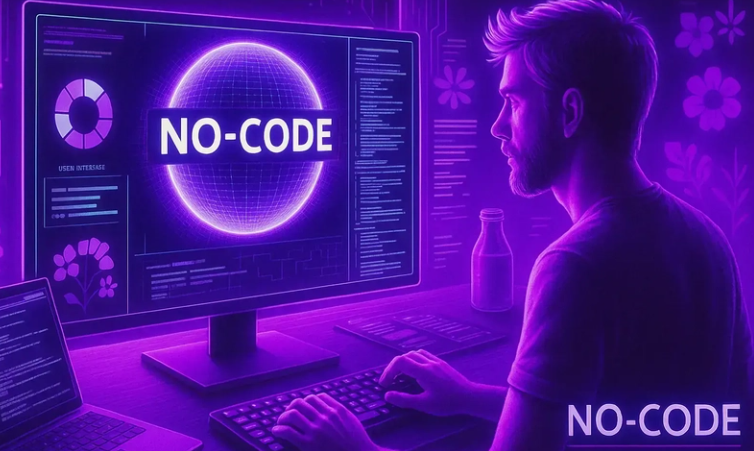
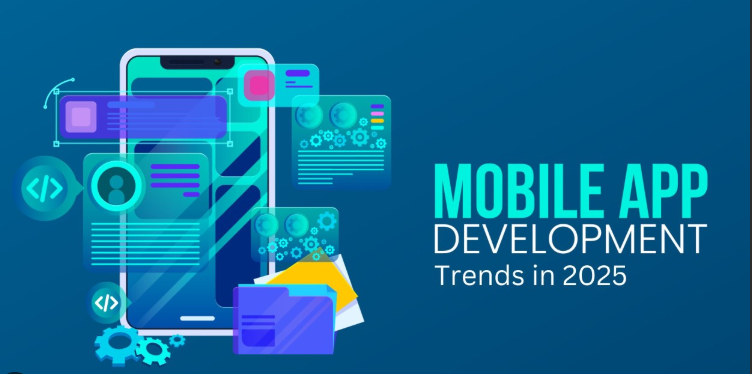

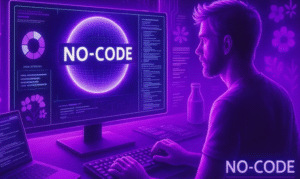
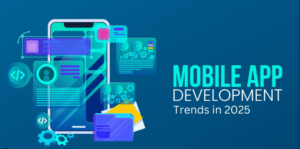
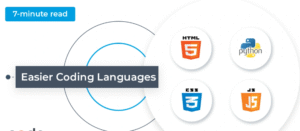
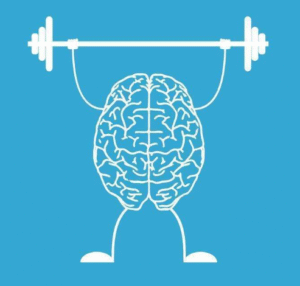



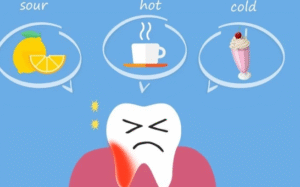


Post Comment